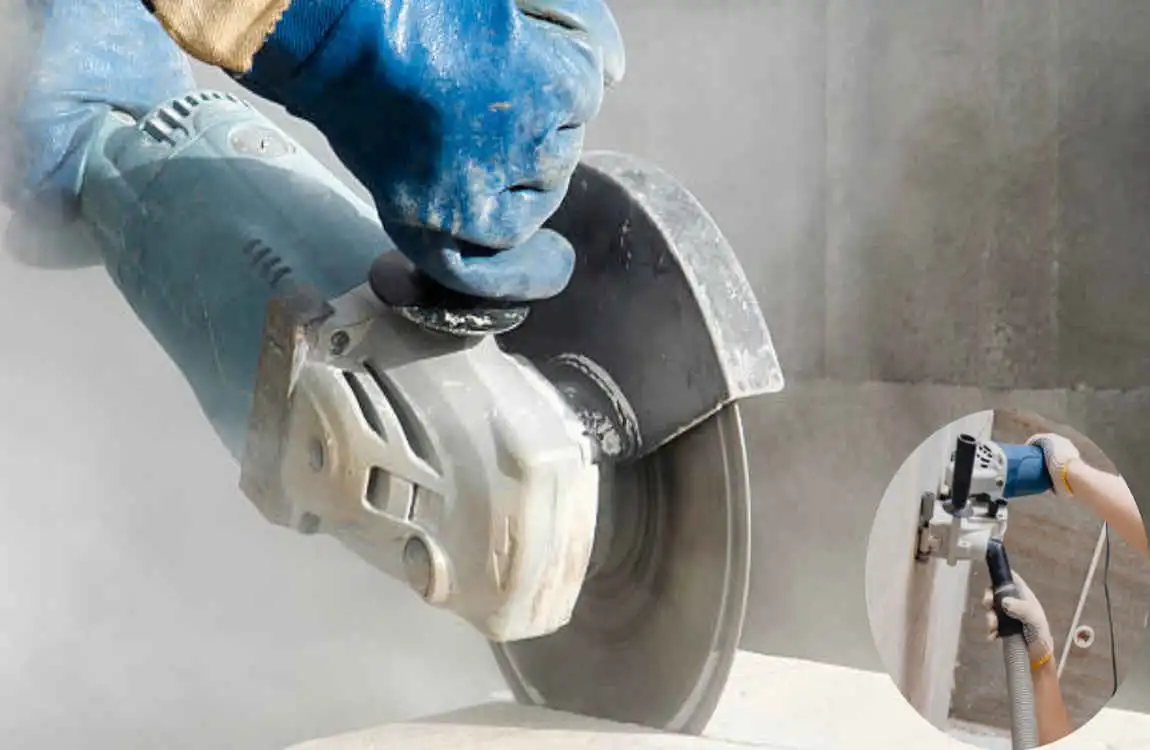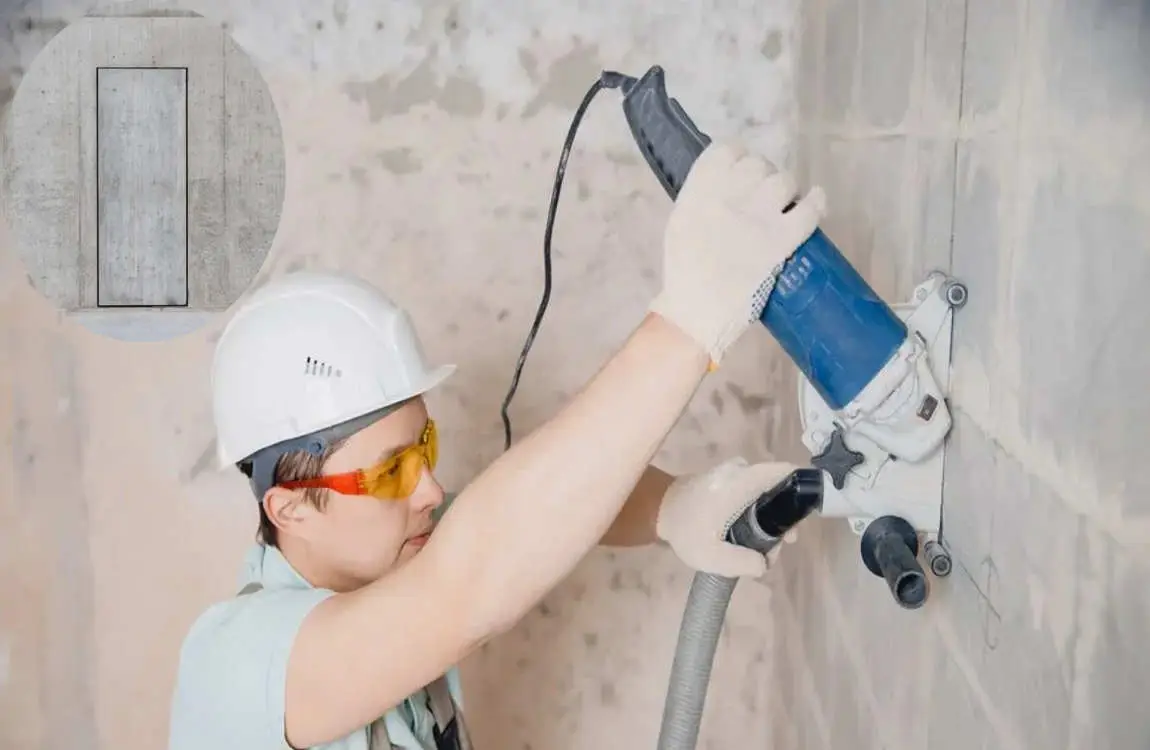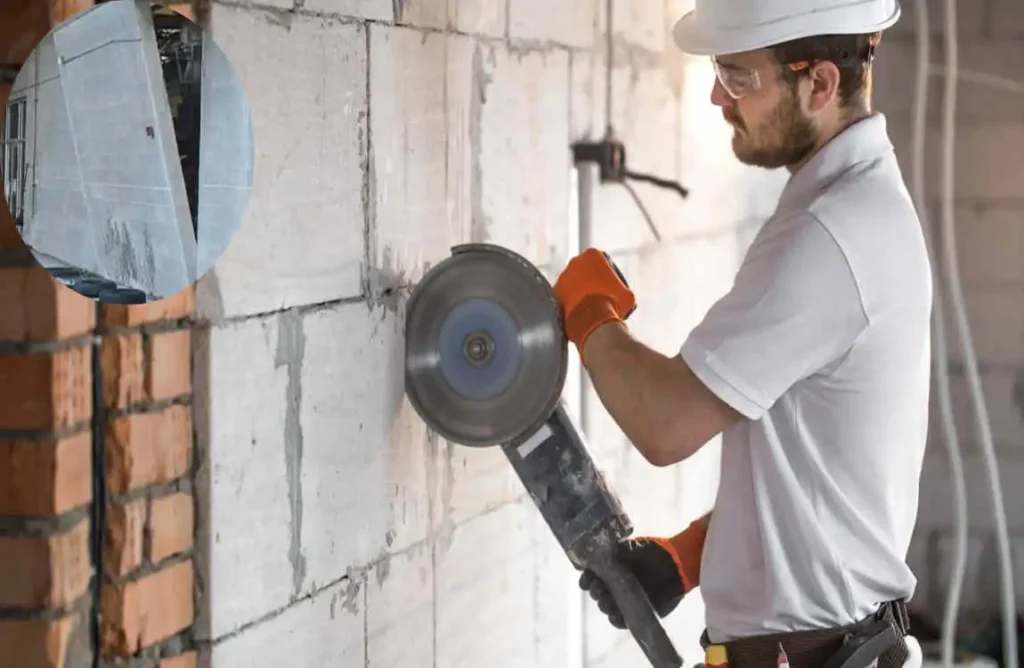Adding a door to a concrete wall can be a game-changer for your home or workspace. Whether you’re renovating an old building or creating a new access point, knowing how to cut a concrete wall for a house door is essential for achieving a clean, professional result. While the process might seem intimidating at first, with the right tools, techniques, and preparation, it’s a task that both DIY enthusiasts and professionals can tackle effectively.
Understanding Concrete Walls and Door Installation
Types of Concrete Walls
Before you start cutting, it’s crucial to understand the type of concrete wall you’re dealing with. Not all walls are created equal, and this difference can significantly impact your approach. Here are the three main types of concrete walls:
- Solid Concrete Walls: These are entirely made of concrete and are the most challenging to cut due to their density.
- Hollow Concrete Walls: These walls feature hollow spaces within, making them lighter and easier to cut compared to solid walls.
- Reinforced Concrete Walls: These walls feature steel rebar embedded for added strength, necessitating specialized tools for handling the reinforcement during cutting and installation.
Challenges of Cutting Concrete Walls

Cutting into concrete is much more complicated than working with wood or drywall. The material’s density, weight, and potential inclusion of rebar necessitate the use of specialized tools and techniques to complete the job safely and effectively. Without proper planning, you risk compromising the wall’s structural integrity, which could lead to costly repairs or even more severe consequences.
Importance of Planning Door Placement
When deciding where to place your door, consider its impact on the structural stability of your home. Avoid cutting into load-bearing walls without consulting a structural engineer. Improper placement can compromise the building’s structural integrity. Additionally, check for pipes, wiring, or other utilities that may be embedded in the wall.
Tools and Materials Needed for Cutting Concrete Walls
To achieve professional results, you’ll need the right tools, materials, and safety gear. Here’s a comprehensive list:
Essential Tools
- Angle Grinder: For scoring the wall and making initial shallow cuts.
- Concrete Saw: A powerful tool for deeper, precise cuts.
- Hammer Drill: To drill relief holes and smooth edges.
- Diamond Blade: Specifically designed to cut through concrete without wearing out quickly.
- Chisel and Sledgehammer: For breaking out the concrete within the cut.
- Measuring Tape and Level: For precise measurements and markings.
Protective Gear
- Safety Goggles: To shield your eyes from flying debris.
- Dust Mask: To prevent inhalation of harmful silica dust.
- Gloves: To protect your hands from sharp edges and vibrations.
- Ear Protection: To reduce exposure to loud cutting noises.
Materials
- Concrete Patch or Mortar: For smoothing edges and filling cracks after cutting.
Preparations Before Cutting the Concrete Wall
Preparation is the key to a successful and safe cutting process. Follow these steps to get everything ready:
Measure and Mark the Door Dimensions
Use a measuring tape to outline the exact dimensions of the door features you’re installing. Mark the perimeter clearly on the wall using chalk or a pencil. This ensures accuracy and prevents errors during the cutting process.
Check for Embedded Pipes and Wiring
Before you start cutting, use a wall scanner to identify any pipes, electrical wires, or rebar inside the wall. Cutting through these accidentally can lead to costly repairs and safety hazards.
Clear the Workspace
Remove any furniture, tools, or objects from the area near the wall to create a clean and safe working space. Use plastic sheets to cover nearby surfaces and protect them from dust and debris.
Obtain Permits and Consult Experts
If your wall is load-bearing, consult a structural engineer to ensure the cutting won’t compromise the building’s integrity. Additionally, check local building codes to see if permits are required for your project.
Step-by-Step Process: How to Cut a Concrete Wall for a Door

Now let’s get into the nitty-gritty of cutting the wall.
- Mark the Outline: Use the measurements from earlier and mark the door’s outline on the wall. Double-check for accuracy.
- Score the Wall: Use an angle grinder with a diamond blade to score along the markings. This will create cleaning, shallow cuts.
- Drill Relief Holes: Drill holes along the outline to facilitate easier breaking of the concrete.
- Cut deeply: Switch to a concrete saw and cut along the scored lines. Go slow and steady to avoid overheating the blade.
- Break Out the Concrete: Use a chisel and sledgehammer to remove the concrete within the marked area carefully.
- Clean the Edges: Smooth the rough edges using a hammer drill or grinder to ensure a perfect fit for the door frame.
Handling Reinforced Concrete Walls
If your wall contains rebar, here’s how to handle it:
- Use Rebar Cutters: These tools are specifically designed to cut through metal reinforcement without damaging surrounding concrete.
- Cut Around Rebar: If possible, cut around the rebar instead of through it to preserve its structural purpose.
- Be Patient: Cutting reinforced concrete takes time, so don’t rush the process.
Safety Tips When Cutting Concrete Walls
Safety should always be your top priority. Follow these tips:
- Wear Protective Gear: Never skip goggles, gloves, a dust mask, and ear protection.
- Ensure Ventilation: Cutting concrete creates silica dust, which is harmful when inhaled. Use wet cutting methods or a dust extractor to minimize exposure to dust.
- Handle Tools Carefully: Always follow the manufacturer’s instructions and avoid distractions while operating tools.
Finishing and Preparing the Door Opening
Once the wall is cut, inspect the opening for uniformity. Here’s what to do next:
- Smooth the Edges: Apply a concrete patch or mortar to fix cracks and smooth the edges.
- Check Dimensions: Ensure the opening matches the dimensions of the door frame.
- Install Temporary Supports: If the wall is load-bearing, install temporary supports before proceeding with the door installation.
Common Mistakes to Avoid When Cutting Concrete Walls
Avoid these common pitfalls:
- Rushing the process or skipping measurements.
- Ignoring embedded utilities like pipes or wires.
- Using improper tools or dull blades.
- Overlooking safety precautions.
When to Hire a Professional vs. DIY
If you’re unsure about your skills or don’t have access to the necessary tools, hiring a professional is the best approach. Professionals bring expertise and efficiency, particularly in the construction of structural or reinforced walls. While DIY can save money, it may take longer and pose safety risks if done improperly.
